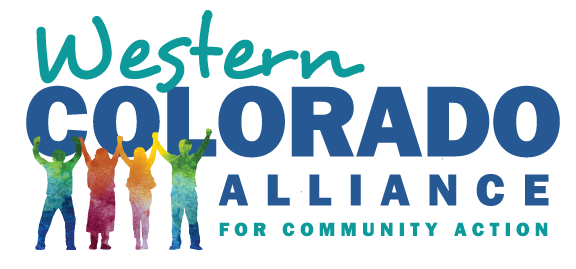- An Alliance For Community Action
- (970) 256-7650
- info@WesternColoradoAlliance.org
Ursa’s permits to drill in Battlement Mesa are open for comment
Ursa’s permits to drill in Battlement Mesa are open for comment
The applications to build two well pads, 53 wells, and an associated pipeline system in  Battlement Mesa are now before the Colorado Oil and Gas Conservation Commission (COGCC) for review. The permits for both B and D pads have been deemed complete and are now open for public comment until February 16th.
Battlement Mesa are now before the Colorado Oil and Gas Conservation Commission (COGCC) for review. The permits for both B and D pads have been deemed complete and are now open for public comment until February 16th.
But don’t wait till the last minute, the sooner you get your comments in, the better. The Colorado Department of Health has agreed to review the permit and comment, and we want them to see our public comments!
You can see the permits on the COGCC website, click here for B Pad and here for D Pad. Below we have provided instructions on how to comment and possible topics to comment on. Contact us if you have any questions!
How to Comment
There are three ways you can comment to the COGCC on these permits:
- Use the COGCC website to comment via Microsoft Silverlight. This requires you to download a Microsoft program onto your computer so you can use COGCC’s “e-form” comment sheet. Learn how to do this here.
- Email us your comments and we will upload them into the “e-form” for you.
Send comments to: ursacomments@westerncoloradoalliance.org - Unfortunately, the COGCC will not accept physical letters as formal comments. However, if you do not have access to a computer and need to send a physical letter, please mail it to us and we will get it transcribed and posted to the website.Mail physical comments to us at:
Emily Hornback
Western Colorado Congress
134 N 6th St
Grand Junction, CO 81501
Make sure you put physical comments in the mail BEFORE February 16.
*If you have already written a comment to the Garfield County commissioners, it is likely that you can re-use your comment. Feel free to mail it to us and we will make sure relevant content makes it to the COGCC. Send to: ursacomments@westerncoloradoalliance.org
Topics for Comments
Location & Proximity:
- Ursa has provided an “alternative location analysis” in the state applications; we maintain that these minerals could be accessed outside of the PUD with current drilling technology and higher drilling angles.
- There is no mitigating a bad location, and so many wells so close to a high density of homes is a bad location.
- Distance is the best protection against both nuisance and potential emissions. Ursa’s equipment should be moved further from people’s homes.
Comprehensive Drilling Plan:
- Ursa has still not supplied a comprehensive plan that lays out all of their current, present and future operations in Battlement Mesa, including all injection wells, storage tanks, and other cumulative surface impacts to oil and gas development.
- Battlement Mesa is also surrounded by other oil and gas development. The Ursa proposal must be considered within the full cumulative impacts on the community of all development in the area.
Air Quality:
- If these pads are to be allowed so close to homes, Ursa must do everything possible to protect the health of residents. To protect air quality, they should:
1) use technologies with at last 95% efficiency on tanks that emit over 2 tons of volatile organic compounds per year;
2) commit to repair detected leaks over 10,000 ppm hydrocarbons within 24 hours of discovery or shut down the well. - Ursa should be required to use WARD emission filters on all diesel trucks on Battlement Mesa well sites.
Best Available Technology:
- According to newly revised rules, Ursa should be required to regularly evaluate and employ the “best available technology” to lessen impacts on residents.
- An example of this is using natural gas or electric power in as many engine powered facilities as possible.
- COGCC should suggest other best available technologies that Ursa could use to minimize impacts.
Nuisance: Noise, odor, etc.
- Many residents of Battlement Mesa have already experienced impacts from noise and odors from current development and continue to be impacted. Ursa must provide a plan on how to address these impacts for permanent solutions for the community rather than treat them as isolated incidents.
- If you have been impacted, make sure to tell the COGCC about your experience.
Remember to get your comments in before February 16th!
Don’t hesitate to contact Western Colorado Congress for help, or if you have questions. Email Emily Hornback: emily@westerncoloradoalliance.org
Emily stepped up as our staff director in 2017, but originally joined our team as a community organizer in 2013. Born and raised on the Western Slope, Emily graduated from Colorado State University and then had the privilege of learning from and working alongside organizers in Central and South America as well as Appalachian coal country. They returned to their home state to protect the land they love and work with fellow Coloradans for a healthy, just and self-reliant future for our rural communities. Emily enjoys organizing, exploring the Colorado Plateau, country music and punk concerts with equal passion.

